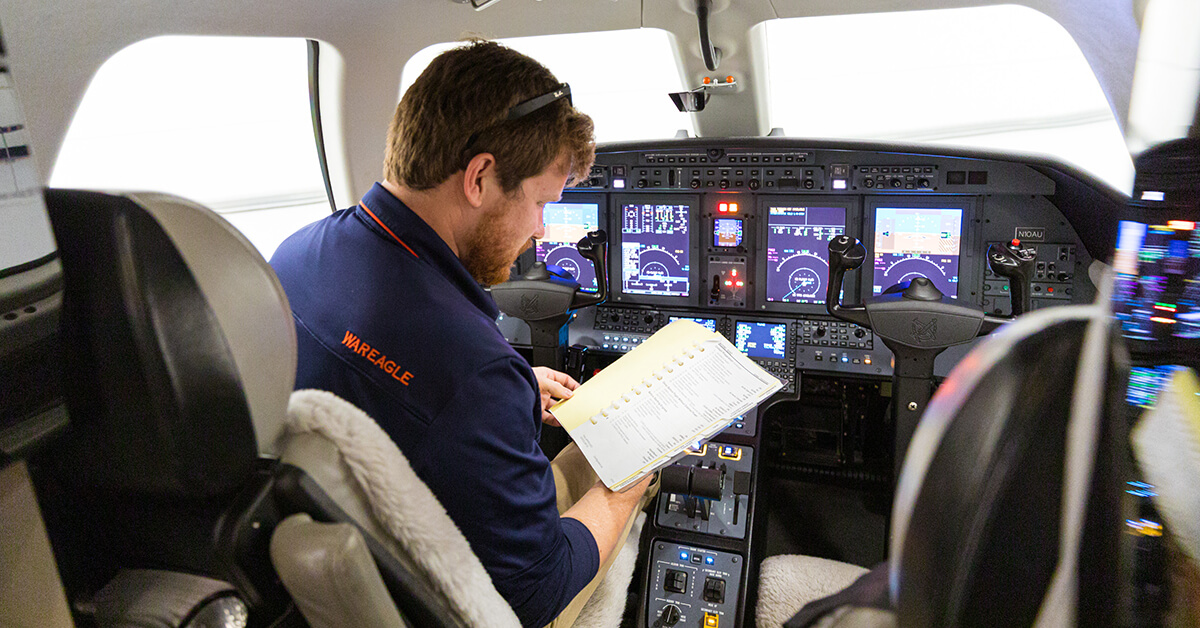
Aug. 18, 2020
Building an aviation operation’s safety culture requires ongoing dedication, continual refinement and, perhaps most importantly, a willingness to even question established procedures. A recent NBAA News Hour, including panelists from inside and outside the aviation community, approached these considerations from several perspectives.
Panel moderator Brian Koester, CAM, and NBAA’s director of flight operations and regulations, pointed to preliminary results from the association’s ongoing 2020 Business Aviation Safety Survey, in which participants were asked to rate their flight department’s existing safety culture.
“The overwhelming majority of folks believe their culture is excellent or very good,” said Koester. “[But] if I believe my culture is excellent, does that move me toward complacency? Am I less likely to continue to seek to improve? Has it changed my behavior?”
In other words, what new ways of looking at safety might be useful?
Dr. Amy Grubb, a senior industrial and organizational psychologist for the FBI, pointed to the role of story-telling: “Your safety culture is really the story of your organization as told by the behaviors of your employees,” she said.
“A lot of the attributes and characteristics of a professional individual or organization are things like being ethical, following procedures, selflessness and continuous improvement,” added Joe Samudovsky, flight safety officer and captain for Brandt Consolidated, Inc. “There’s a direct link between those behaviors and developing, maintaining and improving a safety culture.”
Having a robust safety culture also requires a willingness to openly share and learn from mistakes. “How many aviation organizations have close calls, but they don’t record it?” asked Wyvern Ltd. CEO Sonnie Bates. “They might have operated 20-30 years without an accident or serious incident, but we want [those incidents] reported – even if they’re low consequence – because those same factors are involved with high-consequence events and outcomes.”
Sharing such experiences is particularly important for smaller operations that may lack the resources of large flight departments. “We’re sometimes an island of our own,” said Vik Brar, president of Part 135 charter operator Hawaiian Globetrotter. “We all think we’re doing the right thing, [and] we have the right intent … [but] as a pilot, I’m also very mission-driven. My feeling is, I need to get the job done.
“How do I break away from that and look at the big picture?” continued Brar. “For a small company, it becomes even more important to be aware of where you can get a good benchmark [and] have a robust system of reporting in place that is not punitive.”
These factors are even more important in the COVID-19 environment. “The pandemic has reinforced the necessity for a safety culture to be ingrained within the DNA of not only the [flight] department, but the entire company,” Samudovsky said. “It has emphasized the teamwork aspect between the department itself and who the department serves.”


 International Business Aviation Council Ltd.
International Business Aviation Council Ltd.